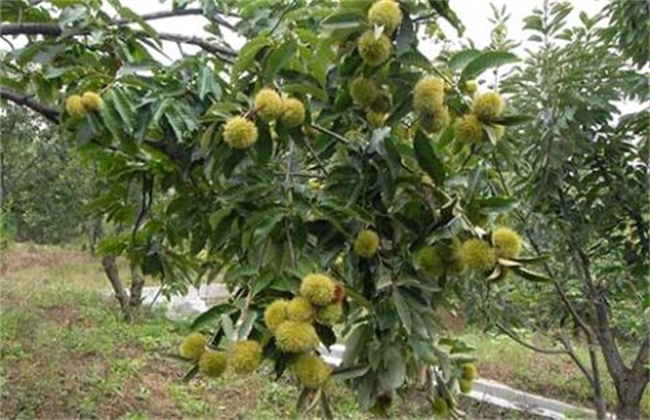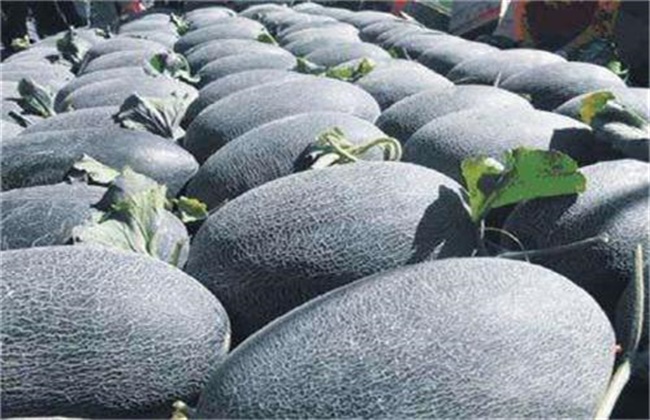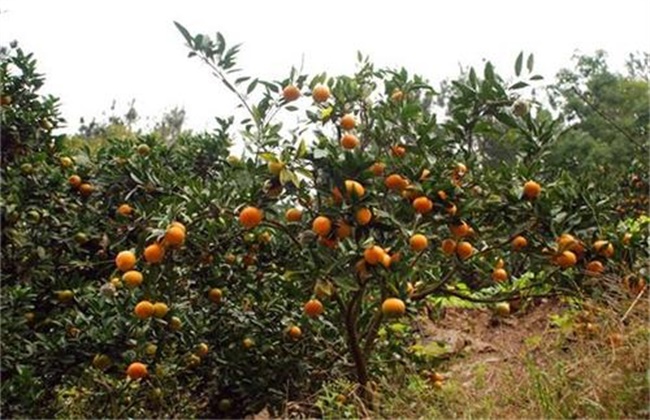Causes of low yield of Chinese Chestnut and its solution
Chinese chestnut has a very high nutritional value and has a certain planting area in all parts of our country. However, when planting Chinese chestnut, low yield has always been an urgent problem for growers, which has a great impact on the economic benefits of growers. So what is the reason for the low yield of Chinese chestnut? How to increase the yield of Chinese chestnut? The following editor will give you a brief introduction, let's have a look!

1. Reasons for low output
Growth disorder
The growth ability of Chinese chestnut is relatively strong in spring, especially the branches and leaves grow vigorously. In spring, chestnut branch and leaf growth and flower and fruit growth are generally carried out at the same time. At this time, if we do not do a good job of fertilization to provide adequate nutrition for Chinese chestnut, it will lead to malnourished growth of Chinese chestnut flowers and fruits. When the vegetative growth is accelerated, the reproductive growth is naturally inhibited, which naturally results in the low yield of Chinese chestnut and affects the economic benefits of planting.
Poor pollination
Chinese chestnut is a kind of cross-pollinated plant, and pollination can be carried out on the same tree. The time of growth and differentiation of male flowers is different from that of female flowers. The differentiation of male flower buds is generally completed in the first half of the year, while that of female flowers is concentrated in April every year. And under normal circumstances, the number of male flowers is much more than that of female flowers, which leads to poor pollination of female flowers, which is also the direct reason for the low yield of Chinese chestnut.
Other reasons
The poor ability of soil water and fertilizer conservation is also the main factor for the low yield of Chinese chestnut. When the soil is too loose, if there is a long rainy season, it is easy to appear the phenomenon of soil erosion. And if it is planted directly with a real tree, it will at least grow, delay the fruiting period, and the quality of nuts will decline. Then there is the age of the tree, if the tree is too old, the tree is declining, and the decline of fruit setting rate is only an inevitable trend. Finally, there is management. If we do not pay attention to management, the output will not be very high.
2. How to improve
Strengthen management
First of all, we must do a good job in management, supplement adequate nutrition for chestnut trees, give priority to nitrogen fertilizer, and ensure a balanced growth of chestnut trees. Control moisture, keep the soil moist, but moisture should not be too much, when too much water, we should pay attention to timely drainage. If the number of male flowers far exceeds that of female flowers, then we should appropriately reduce the number of male flowers before the chestnut trees bear fruit, avoid excessive nutrient consumption and promote the growth of female flowers.
Pollination pruning
When the same variety of chestnut is pollinated, the seed setting rate of chestnut is very low, only about 1pm 5. If cross-pollination is used, the seed setting rate of pollination can reach nearly 9 × 10. Therefore, when we plant Chinese chestnut, we must plant an appropriate amount of pollination trees in the garden, and the ratio of planting varieties to pollinated varieties can be controlled at 1:3. Then we should do a good job of pruning, mainly in winter and summer, to ensure the growth balance of chestnut trees. Ensure the tree potential, improve the permeability of the tree, promote the flowering and fruiting of Chinese chestnut and increase the yield.
The above is a brief introduction of the reasons for the low yield of Chinese chestnut and the solutions. We must do a good job in management and enhance the growth ability of chestnut trees in order to ensure the normal fruiting of Chinese chestnut. So that's all for today's introduction. This article is for reference only. I hope it can help you all.
Related
- Moge, come on! The staff of the peasant association in the producing area of cantaloupe were frightened when the crowd gathered.
- Causes and Solutions of low Fruit setting rate of Apple
- Symptoms and control measures of passion fruit virus disease
- Fruit growing lesson: how do apple orchards keep high yields?
- Can you build orchards in the mountains? What are the pros and cons?
- How to manage the coloring period of Crisson grape?
- This paper introduces the processing technology of two kinds of fig products.
- How much is a month for retired teachers in rural areas by 2020?
- How can strawberry planting increase sugar content? We should pay attention to management in many aspects.
- What are the cultivation techniques on how to improve the yield of golden fruit?



